Paul Newton, an Oxford professor of tropical medicine, describes the issue of counterfeit drug treatments as a "wicked problem." He uses "wicked" to emphasize both the complexity and the malevolent nature of the issue. This problem is challenging because it's difficult to determine the best course of action to address it. Additionally, it's wicked in the sense that it's hard to fathom how individuals could knowingly engage in such a harmful trade without malicious intent. Counterfeit drugs can be deadly, often taking the lives of vulnerable children.
When people think of counterfeit medicines, they might recall the illicit reproduction of Viagra, which is sold online to unsuspecting buyers. However, while fake Viagra makes for sensational headlines, it obscures the more severe issue. Erectile dysfunction, though distressing, is not life-threatening. In contrast, malaria, which claims around 600,000 lives annually, primarily affects young children. Effective treatments like artemisinin-based combination therapies (ACTs) exist but are undermined by counterfeit drugs.
Artemisinin, a key component of these therapies, was discovered by Chinese scientist Tu Youyou in 1972, earning her a Nobel Prize in 2015. She referred to it as a gift from traditional Chinese medicine to the global community. When children with malaria receive genuine artemisinin-based treatments—combinations of artesunate and another antimalarial—they have a good chance of recovery. However, if they are given counterfeit drugs with minimal or no active ingredients, these children, who are often already weakened by malnutrition, may die. Moreover, counterfeit drugs can lead to drug resistance, making effective treatments less effective and further complicating efforts to combat malaria.
The problem is compounded by the fact that many of these counterfeit antimalarials are clandestinely manufactured in China, creating a paradox where a beneficial discovery is undermined by its own nation. There are two main types of ineffective drugs: those that are intentionally faked, with convincing packaging and false batch numbers, and those that are simply substandard due to poor manufacturing practices.
For several years, the World Health Organisation (WHO) grappled with confusion and disagreement over the terminology used to describe counterfeit medicines—a legacy of the contentious debates surrounding drug patents for antiretrovirals used in HIV and AIDS treatment. In the early 2000s, AIDS activists advocated for the use of generic HIV medications. These generics were affordable versions of patented drugs produced by Indian pharmaceutical companies that circumvented Big Pharma's patent protections by exploiting loopholes in intellectual property laws. This allowed them to offer essential medications at lower prices for low-income countries.
In response, multinational pharmaceutical companies, keen to safeguard their patents and the significant profits they garnered from affluent Western markets, campaigned vigorously against these generics. They portrayed the low-cost producers as operating in a "Wild West" of drug manufacturing, accusing them of producing counterfeit pills that could be substandard. This portrayal provoked backlash from advocates for medicine access, who viewed generics as crucial lifesaving solutions for impoverished regions. The disagreement over terminology even impacted malaria control efforts.
"There were numerous claims that the pharmaceutical industry was using the term 'counterfeit' strategically to undermine the growing use of generics," explains Newton, who leads the Medicine Quality Research Group at Oxford. "This created a significant uproar, particularly in Geneva."
In 2017, the WHO resolved the dispute by categorizing problematic drugs as "falsified" if they were manufactured with the intent to deceive, or "sub-standard" if they contained unintentional errors, which Newton describes as "sometimes terrible examples of gross negligence."
The impact of this issue is dire. For patients globally, the risk of receiving ineffective drugs remains high. According to the organization Fight the Fakes, approximately one in ten medicines in low- and middle-income countries is believed to be either substandard or falsified. A February 2023 report from the UN Office on Drugs and Crime (UNODC) estimated that falsified or substandard antimalarials contribute to up to 267,000 deaths annually in sub-Saharan Africa, while nearly 170,000 additional deaths are attributed to faulty antibiotics. This totals nearly 450,000 preventable deaths each year, predominantly affecting children.
The World Health Organization estimates that health systems grappling with ineffective drugs face costs ranging from $12 million to $45 million. These broad estimates may stem from the difficulty in accurately quantifying the number of counterfeit or substandard drugs globally, similar to the challenge of tallying counterfeit Rolex watches. Nonetheless, occasional successful interventions by authorities offer insights into the nature of this illicit trade.
For example, in June 2012, a ship from China docked in Luanda, Angola, carrying a container disguised as a shipment of loudspeakers. Inside, officials discovered 1.4 million packets of two critical medications. One set was labeled as the antimalarial combination therapy artemether-lumefantrine, purportedly from the Swiss pharmaceutical giant Novartis and featuring the Affordable Medicines Facility logo, which supports antimalarial drugs for low-income regions. The other set was supposed to be mebendazole, a deworming medication for children, allegedly manufactured by Janssen-Cilag.
However, the antimalarial tablets were devoid of any active pharmaceutical ingredients, and the mebendazole packets contained only levamisole—a substance withdrawn from human use due to adverse effects and repurposed as a cutting agent for cocaine. In a 2014 letter to *The Lancet*, Newton highlighted that the presence of levamisole indicates a troubling connection between narcotics traffickers and counterfeit drug producers, underscoring the criminal overlap between these two illicit enterprises.
The problem of counterfeit drugs extends well beyond the realm of organized crime. According to a report by the United Nations Office on Drugs and Crime (UNODC), investigations reveal a wide array of individuals involved in the illicit trade of medical products. These traffickers include employees from pharmaceutical companies, public officials, law enforcement personnel, health agency workers, and even street vendors.
Dr. Bahijja Raimi-Abraham, a lecturer in pharmaceutics at King's College London and founder of the university's Fight the Fakes chapter, finds it difficult to comprehend the motivations behind this illegal activity. She explains that some counterfeit drugs are manufactured with such precision that they mimic high-grade pharmaceuticals. Despite the sophisticated approach to creating the tablets, including their formulation and appearance, these counterfeiters often use harmless substances like talcum powder as the active ingredient. The meticulous effort involved in replicating labels, packaging, and ensuring the solution’s clarity adds to her disbelief. "It's an idealistic viewpoint, but it’s hard to imagine anyone being so heartless," she says.
Understanding the inner workings of this dark industry is challenging. Typically, those caught are low-level operatives who manage the storage or distribution of fake drugs. Ian Lancaster, an expert in holograms and consultant who has worked with the World Health Organization (WHO) and other bodies to combat medicine counterfeiting, highlights the lucrative nature of this crime. "Counterfeiting, including medicines, can be more profitable for criminals than drug trafficking and faces far less scrutiny," Lancaster notes. He underscores that counterfeiters are driven purely by profit and are indifferent to what they are faking. He points out that the 1993 World Trade Center bombing and some IRA activities were partly funded by counterfeit operations.
Manufacturing counterfeit medicines requires significant expertise, equipment, and chemical components—tasks not typically performed in someone's kitchen. For instance, there are reports of pharmaceutical factories in China that produce genuine medications during the day and switch to manufacturing counterfeit versions during the night shift. Lancaster, critical of the inadequate oversight by brand owners over their contract or subcontract producers, describes this nocturnal shift as "notorious." He recounts a visit to Mumbai, where he was shown by a representative from a major pharmaceutical company how high-end branded clothing was produced during a third shift, revealing the ease with which such operations could transition into counterfeit medicine production.
In her book, *Authenticity: Reclaiming Reality in a Counterfeit Culture*, Alice Sherwood criticizes governments for their moral failure. She argues that China, despite its advanced technological capabilities and its ability to enforce strict lockdowns, fails to address the problem of counterfeit drugs. "A nation capable of landing a mission on the moon and enforcing draconian measures on 60 million people should certainly be able to track down counterfeiters," Sherwood writes. She also condemns Western governments for intensifying quality checks on Chinese medicines for their markets while ignoring the problem as these medicines are exported to malaria-endemic regions.
Drug falsification has a long history, extending back to the 1800s with the malaria drug quinine. The cinchona bark, from which quinine is derived, was being counterfeited as early as the 1600s. In Carol Reid's film *The Third Man*, adapted from Graham Greene's story, the character Harry Lime smuggles fake penicillin in post-war Vienna. His friend, Holly Martins, is persuaded to expose him after police show him wards full of sick and dying children who have been harmed by the counterfeit drugs. Greene's story was rooted in reality, reflecting the arrest of ten individuals in Berlin in 1946 for producing fake penicillin. These counterfeit vials and bottles were filled with various substances, including other drugs and face powder, and were likely contaminated.
The damage caused by substandard malaria drugs can be as severe as that from outright fakes. Substandard drugs may contain the correct active ingredients but in insufficient quantities to effectively kill all malaria parasites. Despite warnings from the WHO about the risks of using artesunate alone—without other antimalarial drugs—such treatments are still in use. This can lead to increased resistance in malaria parasites. In the early 2000s, concerning signs of resistance began appearing in artemisinin compounds in western Cambodia, where infections were clearing more slowly.
Nick White, a leading malaria expert and professor of tropical medicine at Oxford, though based at Mahidol University in Thailand, notes that drug falsification and substandard quality are not the only challenges in malaria control. He argues that malaria control is effective in areas with good healthcare delivery but struggles in regions affected by war, corruption, and inefficiency. White advocates for mass dosing of high-risk populations with effective antimalarial drugs to prevent malaria. This approach was successful in the Greater Mekong subregion—Vietnam, Cambodia, and Laos—where malaria has stabilized.
White highlights that success also relied on community engagement. In areas where mass dosing wasn't implemented, local figures like farmers and shopkeepers were trained to perform rapid diagnostic tests and administer medications. This community-based approach has proven highly effective in Southeast Asia but has not been widely adopted in Africa, where malaria treatment remains largely confined to district hospitals.
The mass treatment program initially made strides in Myanmar's most malaria-ravaged regions. However, ongoing conflict has severely compromised healthcare systems and allowed the disease to resurge. “The infrastructure is completely destroyed. You can't even travel to the next valley without risking gunfire, making it impossible to deliver essential supplies,” explains White. “Malaria thrives in such conditions. The worst malaria outbreaks occur in war-torn areas.” He cites regions experiencing severe outbreaks, such as northern Nigeria, which is also grappling with a diphtheria epidemic, the eastern Democratic Republic of Congo (DRC), South Sudan, and the Sahel region. In these conflict zones, healthcare systems falter or collapse, leading to a resurgence of malaria.
White and his team aim for a treatment success rate of 90%, with a goal of reaching 100%. “More treatment failures lead to faster resistance development... Initial signs of resistance may be subtle, but once it starts, it escalates rapidly,” he notes. He advocates for the use of triple antimalarial combination therapies—an artemisinin-based compound combined with two other drugs—over the current dual-drug regimen. Additionally, he stresses the need for improved diagnostics to identify patients at high risk of treatment failure. Traditional microscopy effectively detected high parasite levels, but newer tests, while advanced, fall short in this regard.
Beyond treatment, there are challenges with prevention measures. Parasites have developed resistance to insecticide-treated bed nets, and mosquitoes have adapted their behavior, according to White. “Mosquitoes now bite before you even reach the bed, giving them a better chance of survival compared to when they bite you while you’re in bed. This leads to behavioral changes in mosquitoes.”
Despite the recent excitement surrounding the approval of a second malaria vaccine, the struggle against malaria is far from over. The new Oxford vaccine, which will be produced in large quantities by the Serum Institute of India, promises broader coverage than the existing Mosquirix vaccine. However, both vaccines require multiple doses, which can be challenging for families in remote African regions. The vaccines are most effective when administered just before malaria season, and their real-world efficacy remains to be seen.
The fight against malaria is complex, involving a mix of human behavior, poverty, conflict, displacement, climate change, and evolving mosquito and parasite resistance. The problem is exacerbated by counterfeit drugs. Newton and his team are employing innovative forensic techniques, such as DNA and stable isotope analysis, to combat this issue. Fake drugs often contain environmental traces or even human DNA, making it difficult to determine if it belongs to the drug-maker or an innocent bystander. Social network analysis is another tool being used to trace the origins of counterfeit drugs, similar to methods used to track poaching and smuggling of African ivory. “Interestingly, there hasn’t been much innovation in tracing the origins of fake medicines,” Newton observes.
The concept of social network analysis in combating illegal activities is inspired by strategies used in tracking the illegal wildlife trade. For example, researchers have analyzed publicly available data on the illicit ivory trade to identify key locations where enforcement efforts should be intensified. By mapping out the movement of elephant ivory, they can pinpoint regions where illegal activities are concentrated and direct more resources towards those areas.
Similarly, the pharmaceutical industry often withholds critical information out of concern for undermining trust in their products. A notable instance of this occurred with the discovery of 1.4 million packs of counterfeit drugs in Angola, which was only publicly disclosed on Facebook five months after the incident came to light. This delay in reporting highlights the challenges in maintaining transparency within the industry.
Newton and his colleagues have argued for more decisive actions by medicines regulatory authorities. In a 2011 appeal, they recommended that the World Health Organization (WHO) utilize the International Health Regulations (IHR) to classify substandard medicines as a global health emergency. This approach would allocate more resources to combat the spread of counterfeit drugs from Asia to Africa, a move comparable to the way pandemics are addressed. Their call for action reflects the historical struggles of dealing with poor-quality medicines, reminiscent of the challenges faced during the fake cinchona bark and quinine scandals of the 17th to 19th centuries. As highlighted in their article in the Malaria Journal, there remains a significant gap in understanding and addressing the issue of poor medicine quality due to insufficient public health, civil society, and political commitment.
Although the WHO did not apply the IHR designation, it has made strides in addressing the problem. In 2013, the organization launched the Global Surveillance and Monitoring System (GSMS) to track reports of falsified and substandard medicines. This initiative has documented significant incidents, such as the case in 2012 where a toxic cough syrup containing levomethorphan—an opioid five times more potent than morphine—resulted in the deaths of 60 adults in Pakistan. In response, when 44 children in Paraguay were hospitalized the following year with respiratory issues from the same toxic syrup, the WHO was able to identify the source, issue a warning, and halt production, showcasing the system's effectiveness in preventing further harm.
The WHO reports emphasize the urgent need to bolster drug regulatory bodies in countries struggling to keep pace with the globalized medicine supply. These reports also stress the importance of educating both professionals and the public about the dangers of counterfeit or substandard drugs and how to identify them. Despite these recommendations, experts argue that progress remains slow.
In 2018, the inaugural international Medicine Quality and Public Health conference at Oxford University highlighted the need for increased investment, effort, and transparency. In a November 2019 letter to *The Lancet*, the conference delegates underscored that "substandard and falsified medical products... represent a significant and growing threat to human health," and warned that "regulatory bodies are alarmingly underequipped" to handle this issue. They called for urgent political commitment, emphasizing that "with significant human health and economic consequences at stake, urgent action is needed now."
However, just a month later, the first case of COVID-19 was detected in Wuhan, China, and the pandemic soon facilitated the spread of counterfeit medicines. During the week the WHO declared COVID-19 a pandemic, Interpol’s Operation Pangea, which targets pharmaceutical crime, made 121 arrests in 90 countries. Interpol Secretary General Jürgen Stock condemned the illicit trade of counterfeit medical products during a health crisis, stating, "The illicit trade in such counterfeit medical items shows a total disregard for people's lives."
Malaria experts agree with this assessment and might argue that this disregard has persisted for far too long. The WHO and Oxford conference have provided a roadmap to combat counterfeit and substandard drugs. The challenge now is whether stakeholders—including politicians, drug regulators, and pharmaceutical executives—will follow this roadmap to prevent countless unnecessary deaths or continue to allow the problem to escalate.
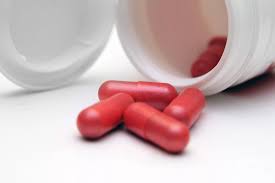

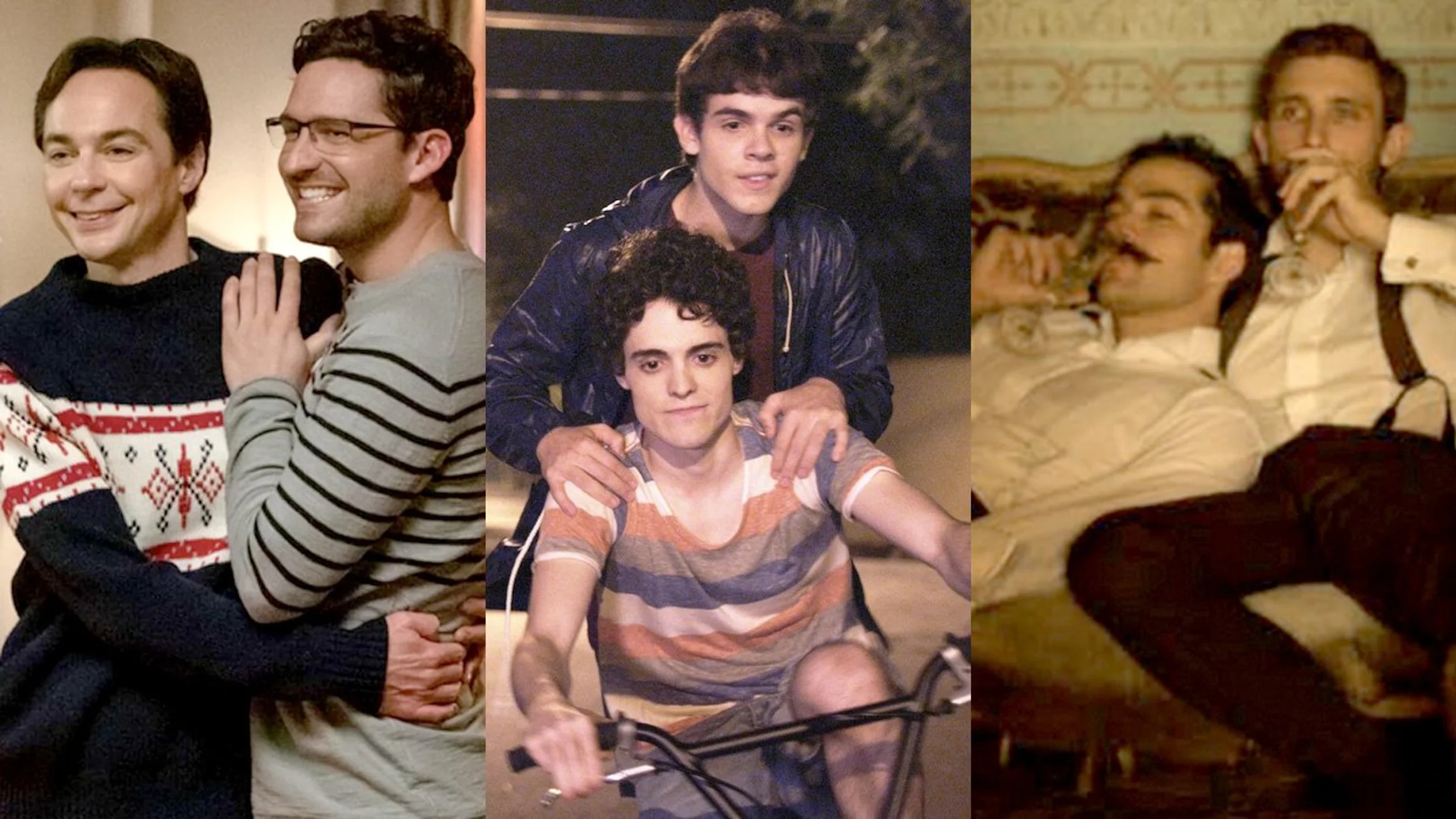
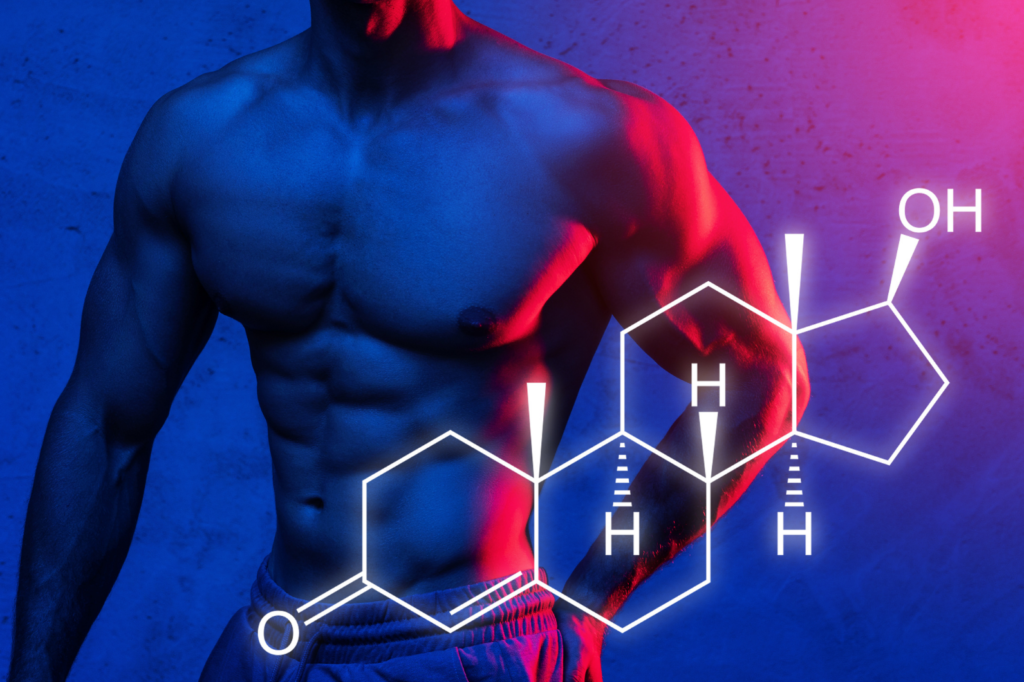
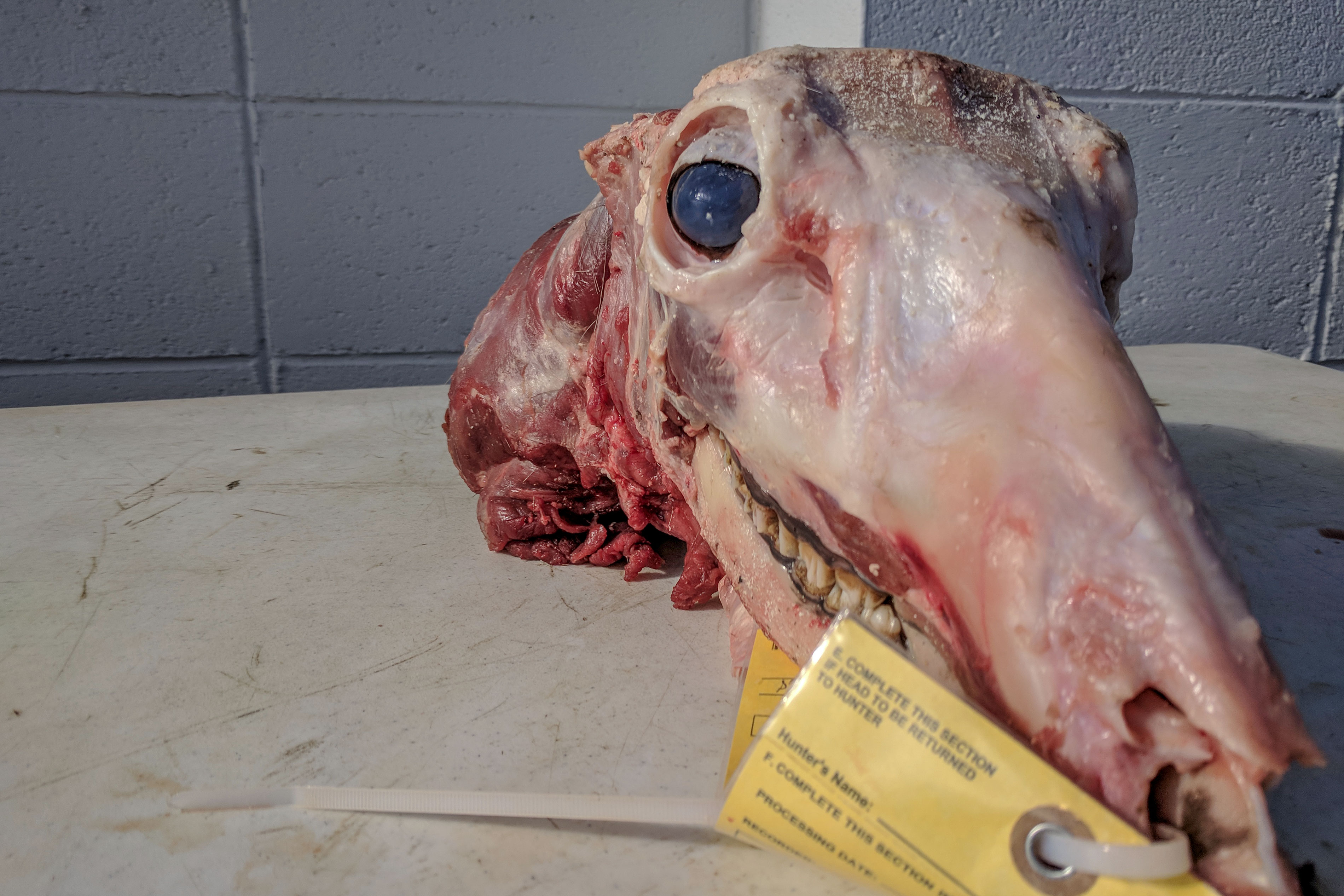
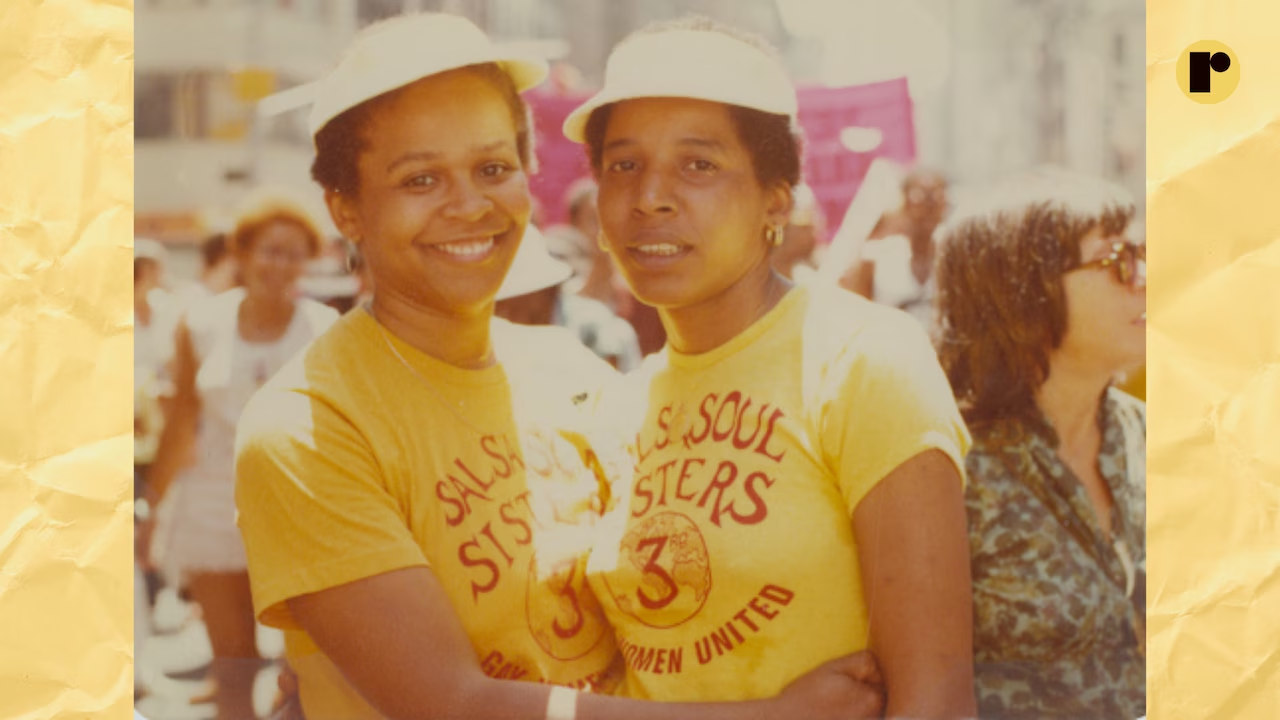
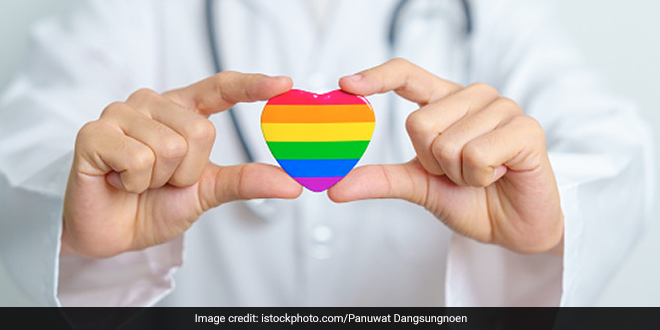
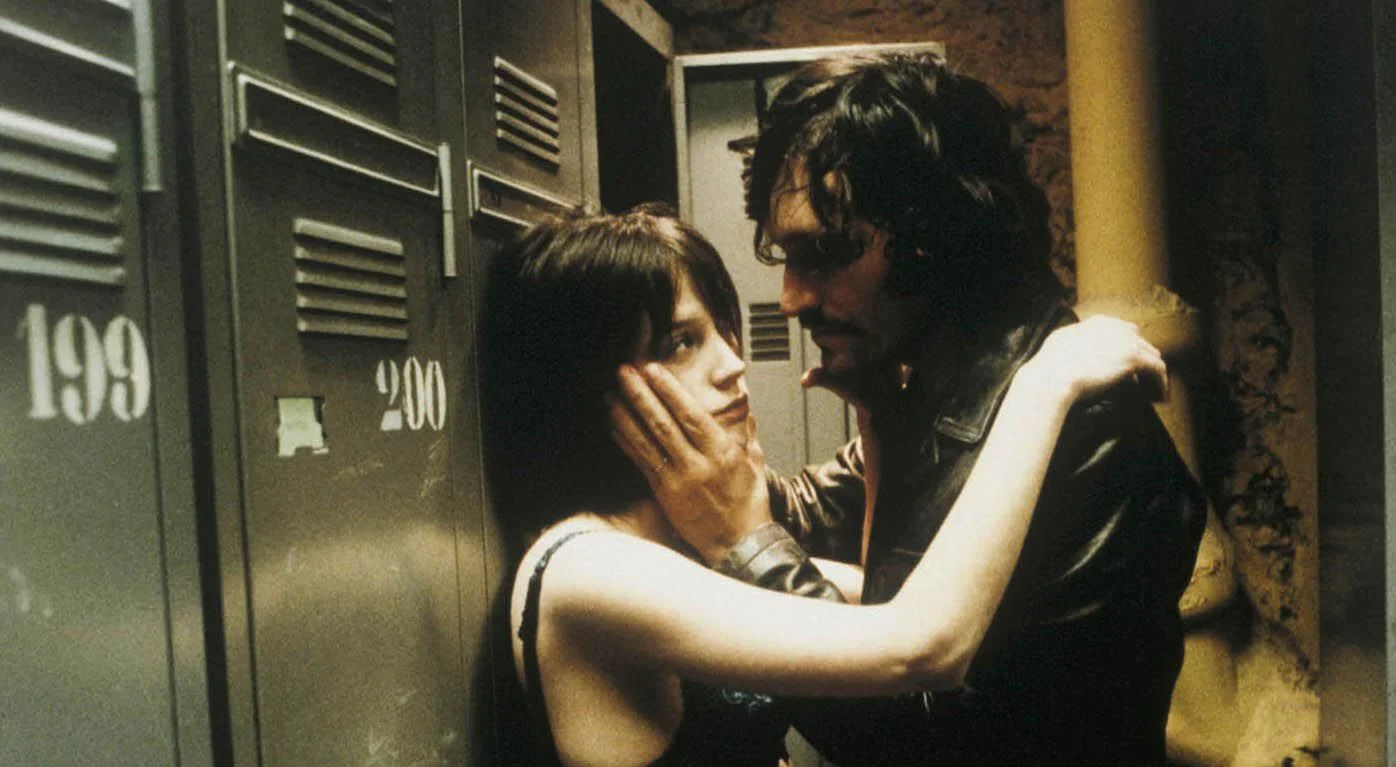

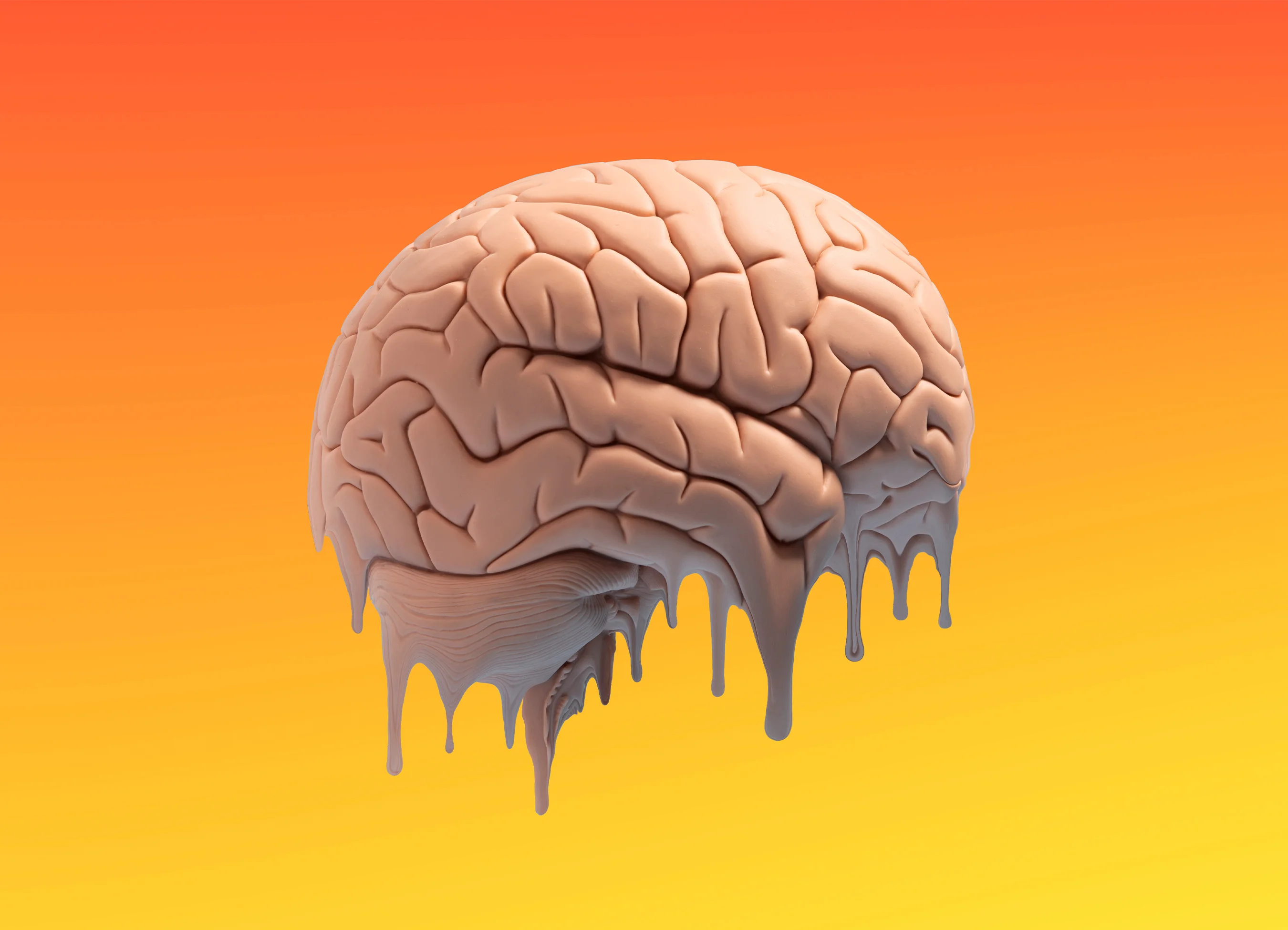
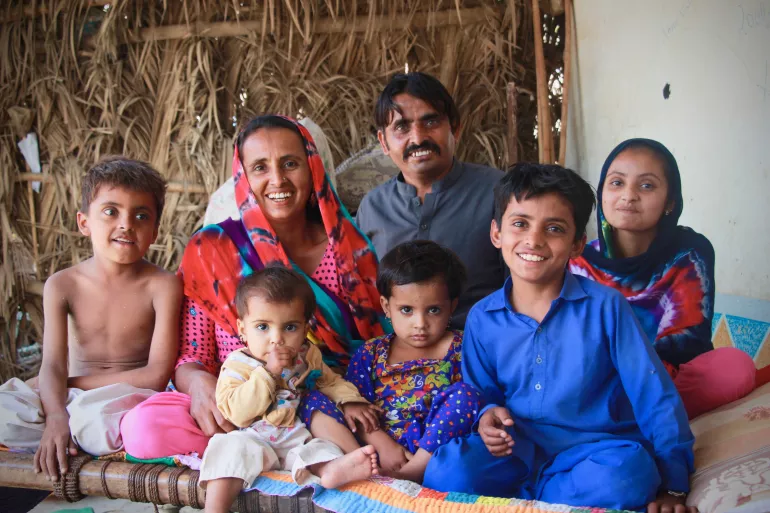


0 Comments